UPDATE | 2022年01月17日
「一年の計は元旦にあり」。多くの日本人が新年にお寺や神社に初詣に行き、神様に感謝すると共に一年の目標を立てたりおみくじで一年の運勢を占ったりします。今回は京都に来たらぜひ行ってほしいお寺と神社、周辺の観光地を紹介します。
「一年の計は元旦にあり」。多くの日本人が新年にお寺や神社に初詣に行き、神様に感謝すると共に一年の目標を立てたりおみくじで一年の運勢を占ったりします。今回は京都に来たらぜひ行ってほしいお寺と神社、周辺の観光地を紹介します。

どこにあるの? ⇒地図はこちら
五穀豊穣(米や麦などの穀物が豊かに実ること)や商売繁昌(ビジネスが上手くいくこと)の神として有名な稲荷神社(いなりじんじゃ)は全国に約30000社あると言われていて、その総本宮が京都にあるこちらの伏見稲荷大社です。稲荷山という山全体に建てられた神社でパワースポットとしても有名です。その歴史は古く、2011年で何と1300年を迎えたそうです。
「千本鳥居(せんぼんとりい)」と呼ばれる朱色の鳥居がずらっと並ぶ風景は圧巻で、インスタグラムなどでたくさんシェアされています。
海外からの観光客にも大人気で平日でも多くの人でにぎわっています。24時間いつでも参拝できるので、おすすめは朝早い時間か夜の時間帯です。
また、雨の日は人が比較的少ない上に神秘的な風景に出会うことができるので、混雑を避けたい方はぜひ雨の日に訪れてみてください。
最寄り駅はJR稲荷駅、または京阪線伏見稲荷駅です。
近くには紅葉で有名な東福寺(とうふくじ)や光明院(こうみょういん)があり、これらのお寺も一緒に歩いて見て回ることもできます。
中心地からは少し離れていますが、京都駅から電車やバスですぐ行ける距離なので半日散策プランにちょうどいいと思います。
[PR]

どこにあるの? ⇒地図はこちら
こちらも言わずと知れた京都の有名な観光地で、京都に来たことがある人なら一度は訪れたことがあるのではないでしょうか。
清水寺は今から約1200年前に建てられて、現在ユネスコ世界文化遺産に登録されています。今までに10回以上火災にあいましたが、信仰する人達によってその度に再建されてきたそうです。
山の斜面に建てられた最長12メートルの木造建築の舞台は、釘を一本も使わずに組み上げられています。思い切って大きな決断を下すことを「清水の舞台から飛び降りる」と例えることがあります。
春には桜、秋には紅葉の景色を楽しむことができ、期間限定の夜間拝観では普段とは違った景色が見られます。
清水寺に参拝後は産寧坂(さんねいざか)、二寧坂(にねんざか)を通って高台寺(こうだいじ)や八坂神社(やさかじんじゃ)を散策したり、風情漂う五条エリアの宮川町(みやがわちょう)や祇園四条(ぎおんしじょう)の街並みをブラブラ見て回るのもおすすめです。
定番の抹茶スイーツ以外にも、本格的な焙煎コーヒーのお店や京都のクラフトビールが楽しめるお店もたくさんあります。

どこにあるの? ⇒地図はこちら
正式名称は「鹿苑寺(ろくおんじ)」ですが、境内にある「金閣」という建物が特に有名なため一般的に金閣寺と呼ばれています。
こちらも歴史は古く、室町(むろまち)時代(1336年~)に足利(あしかが)将軍によって建てられたと言われています。
金閣寺の庭園や建築は極楽浄土(仏教の神様が住んでいて、苦しみのない安楽な死後の世界)を表していると言われ、当時の天皇を招いたり中国などとの文化交流も盛んに行われていたそうです。
春夏秋冬それぞれの季節で景色が違うので、いつ訪れても神聖な気分に浸ることができます。
昔の偉い方々もみんなお茶を飲みながら風情ある庭園の景色を楽しんでいたのかな、など想像すると何だかその時代にタイムトリップした気分になりますね。
金閣寺はバスや電車でも行くことができますが、お勧めはレンタルバイクです。京都はレンタルバイクのお店がたくさんあるので自転車を借りて、金閣寺~西陣(にしじん)エリアでランチ~下鴨神社(しもがもじんじゃ)~鴨川(かもがわ)沿いと、ぐるっと回れば地元の人達の目線で京都を楽しめますよ。
では最後に、お寺と神社の違いについて少し触れたいと思います。
簡単に言うとお寺は「仏教」、神社は「神道」という異なる宗教の施設です。お寺には仏像やお墓があるのが一般的で、神社には鳥居があるというのが大きな違いです。
仏教は中国・インドといった外国から日本に伝わってきたとされる外来の宗教です。
お寺にはお坊さんや尼さんなどの仏教を信仰する修行者がいて、仏様の像が置かれています。仏様には大日如来(だいにちにょらい)、薬師如来(やくしにょらい)、釈迦如来(しゃかにょらい)、聖観世音菩薩(せいかんのんぼさつ)などたくさんの種類があります。
一方の神道は日本起源の宗教で、多くの神様を信仰します。山・森・石・神木といった自然や、特定の人物も信仰します。この世のあらゆるものに神が宿るというのが神道の基本的な考えです。
神社は信仰されていた自然のあった場所や神聖な儀式を行っていた場所が起源と言われています。
神社の入り口に立てられている鳥居には、神様の世界と人が住む世界とを区別するという意味があります。
このように、外国から来た宗教と日本独自の宗教が昔から現在に至るまで仲良く存在するというのは日本文化のユニークなところと言えますね。
詳しい参拝マナーなどはこちらの記事で紹介しています。
いかがだったでしょうか?
今回は京都を訪れたらぜひ行ってほしい、おすすめのお寺と神社を3つ紹介しました。皆さんの京都観光の参考になれば嬉しいです。

大阪出身のフリーランス日本語教師兼ローカルガイド。2020年に京都の魅力にハマり、2021年に移住。現在はプライベートレッスンをメインに日本語を教える傍らライティングや中日翻訳校正、オンライン体験などを企画運営している。
[PR]
[PR]